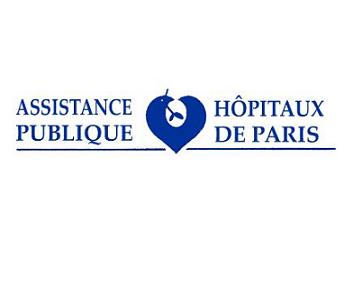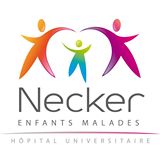Development of conventional gesture language in ASD
Language in autism, when present, may show several varying subtypes within the spectrum. Some individuals may have structural language disturbances: (i) delayed phonology, especially in non-word repetition tasks; (ii) poor comprehension skills, sometimes more impaired than the expressive ones;(iii) immature syntax and prevalence of syntactic errors. Functional deficits are characterized by: (i) a core pragmatics disorder (defined as the ability to use and understand the rules governing language as a communicative tool including tone of voice, facial expressions, communicative gesture and affect), accepted as universal in the whole spectrum and long-lasting, even in adult life; (ii) impairment regarding semantics, i.e the linguistic meaning of utterances and bounds established between words/utterances and what they do/may represent. Conventional gesture language is important not only for communication, but also for cognitiveprocesses, especially in children who fail to learn to talk.
Conventional gestures are composed of iconic and arbitrary items. They are mastered through a symbolic frame and they support oral language development, communicative skills, and thus the others' representation. In as much as they develop through social interactions, the question is whether they could be impaired by a temporal factor - asynchrony or dissynchrony - affecting children activity and the relationships between children and the others. Thus, synchrony parameter will be used as a marker of eventual deviance. Nowadays, speech therapists difficultly assess these skills as adapted tools are lacking. They can only propose qualitative language diagnosis. Although the comprehension and production of conventional gesture language are significant precursors of language and cognitive skills, they are not systematically analyzed. Therefore, we will also focus on the comprehension and production of conventional gesture language in young children without oral language including ASD, aiming to conceive and validate a specific assessment tool (see figure), and to analyze synchrony mechanisms during the task as correlates of ASD (as opposed to Specific Language Impairments).



